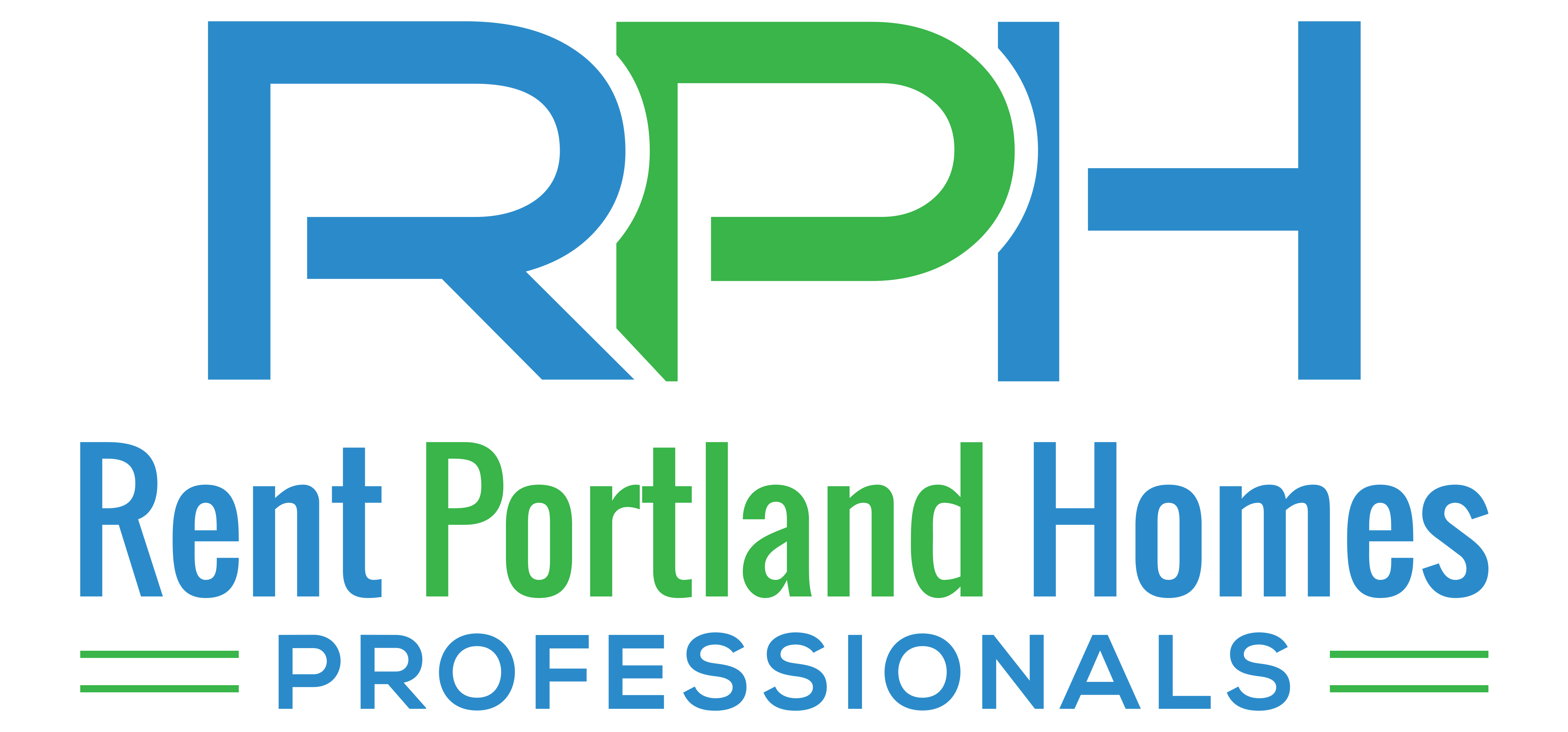Streamline Your Tenant Move Out Process: Essential Tips for Landlords

Being a landlord is no easy feat, especially when it comes time to handle the tenant move-out process.
The dreaded move-out process can quickly become a nightmare if not handled properly and can cost landlords precious time and money.
That’s why it’s essential to streamline the process as much as possible so that it runs as smoothly and efficiently as possible. In this article, we will provide landlords with essential tips for streamlining the tenant move-out process, from start to finish.
We will cover topics such as preparing for move-out, the actual move-out process, and the post-move-out walkthrough. With this helpful advice, landlords can ensure that the move-out process is as stress-free as possible. So, let’s get started and take a look at how to streamline your tenant move-out process!
Preparing for Tenant Move Out
The first step in streamlining the tenant move-out process is to properly prepare for it. This means that landlords should begin the process as soon as the tenant gives notice of their intent to move out. The sooner landlords start getting organized and preparing for moving out, the smoother and more efficient the process will be.
Landlords should start by making sure they have all the necessary documents in order. This includes the rental agreement, any amendments or addendums to the agreement, and a copy of the tenant’s move-out notice. Having all of these documents on hand is essential for a smooth move-out process.
Next, landlords should review the rental agreement to ensure that they comply with all move-out requirements. This includes any notices that must be sent to the tenant before moving out, such as a move-out checklist or inspection form. It is also important for landlords to make sure that the tenant has given the required amount of notice before moving out.
Finally, landlords should make sure that all fees and deposits have been collected and accounted for. This includes any late fees or other unpaid fees that may have accrued during the tenancy. It is also important to ensure that the tenant has returned all keys and access cards to the property.
The Move-Out Process
Once the landlord has completed the necessary preparations for move-out, it’s time to move on to the actual move-out process. This includes a move-out inspection, which is conducted to assess the condition of the property and determine if any damage has been done by the tenant.
During the move-out inspection, landlords should inspect the entire property and make a detailed list of any damages that are found. This list should be provided to the tenant, along with photos if possible. It is important to be as thorough as possible during the inspection to ensure that all issues are addressed.
Once the inspection is complete, the landlord should provide the tenant with an itemized list of any damages and the associated costs for repair. This list should also include any cleaning fees or other charges that may be due. The tenant should be allowed to dispute any charges and address any damages before the move-out is complete.
The Post-Move Out Walkthrough
Once the tenant has moved out, landlords should conduct a final walkthrough of the property. This is done to ensure that the property is in the same condition as when the tenant moved in and that any damage that was noted during the move-out inspection has been addressed.
During the walkthrough, landlords should compare the condition of the property with the move-in condition report. They should also check for any new damage or wear and tear that may have occurred during the tenant’s stay. Any damages or issues should be noted and documented to ensure that the tenant is responsible for any costs associated with them.
Documenting the Property Condition
Once the walkthrough is complete, landlords should make sure to document the condition of the property. This includes taking photos of any damages or issues that were noted, as well as any new damage that may have occurred during the tenancy. These photos should be kept on file in case any disputes arise.
It is also important to document any cleaning that was done to prepare the property for the next tenant. This includes keeping records of any cleaning services that were hired, as well as any cleaning supplies that were purchased.
Return of Security Deposit
The last step in the move-out process is the return of the tenant’s security deposit. Landlords must make sure to return the security deposit within the required period, which is typically 30 days after moving out.
When returning the security deposit, landlords should provide the tenant with an itemized list of any deductions that have been made. This list should include any damages or unpaid fees that have been deducted from the deposit. The tenant should be allowed to dispute any deductions before the security deposit is returned.
Tips for Streamlining the Move-Out Process
Now that we have gone over the basics of the tenant move-out process, let’s take a look at some tips for streamlining it.
First of all, landlords should make sure that they are organized and prepared to move out. This means having all the necessary documents on hand and reviewing the rental agreement for any move-out requirements.
Second, landlords should make sure that all fees and deposits have been collected and accounted for before moving out. This includes any late fees or other unpaid fees that may have accrued during the tenancy.
Third, landlords should conduct thorough inspections of the property during both the move-out and post-move-out walkthroughs. This will ensure that all damages and issues are noted and addressed.
Fourth, landlords should document the condition of the property and any cleaning that was done. This includes taking photos of any damages or issues, as well as keeping records of any cleaning services that were hired.
Finally, landlords should make sure to return the security deposit within the required amount of time. This should include an itemized list of any deductions that have been made.
Benefits of Streamlining the Move-Out Process
Streamlining the tenant move-out process can have several benefits for landlords. First of all, it can help to ensure that the process runs as smoothly and efficiently as possible. This can save landlords precious time and energy, as well as help to minimize any headaches or frustrations associated with the process.
Streamlining the process can also help landlords to save money. By ensuring that all fees and deposits are collected and accounted for, landlords can avoid any costly disputes or issues that may arise. This can help to protect landlords from any potential financial losses.
Finally, streamlining the move-out process can help landlords to protect their property. By conducting thorough inspections and documenting the condition of the property, landlords can make sure that any damages or issues are addressed promptly. This can help to minimize any potential losses that may occur.
As you can see, streamlining the tenant move-out process is essential for landlords. By following the tips outlined in this article, landlords can ensure that the process runs as smoothly and efficiently as possible.
This can save landlords time and money, as well as help protect their property. So, if you’re a landlord looking to streamline your tenant move-out process, be sure to follow the tips outlined in this article!
At Rent Portland Homes – Professionals, we specialize in property management for the Portland Oregon area. To learn more about the services we can offer you, contact us today by clicking here or calling (503) 791-4610.








